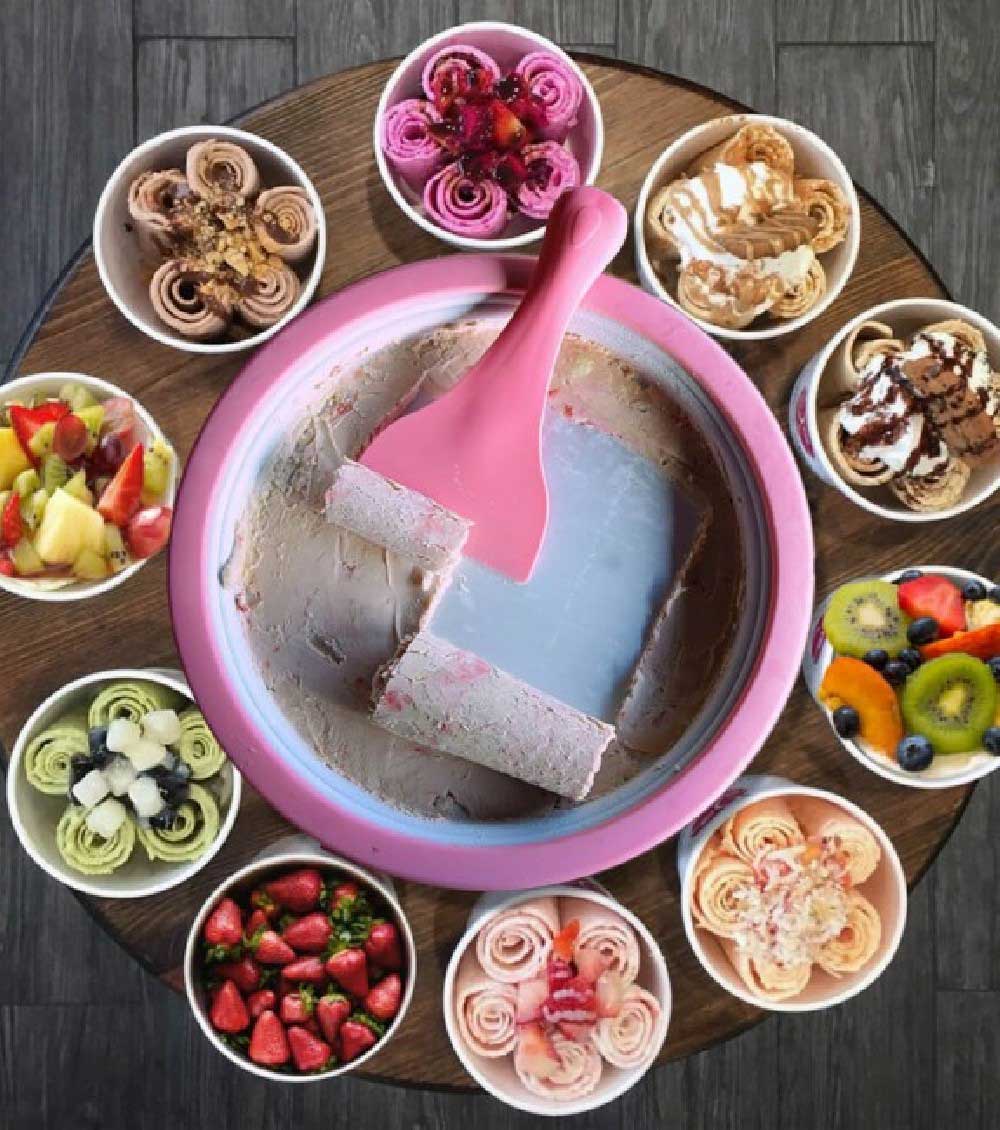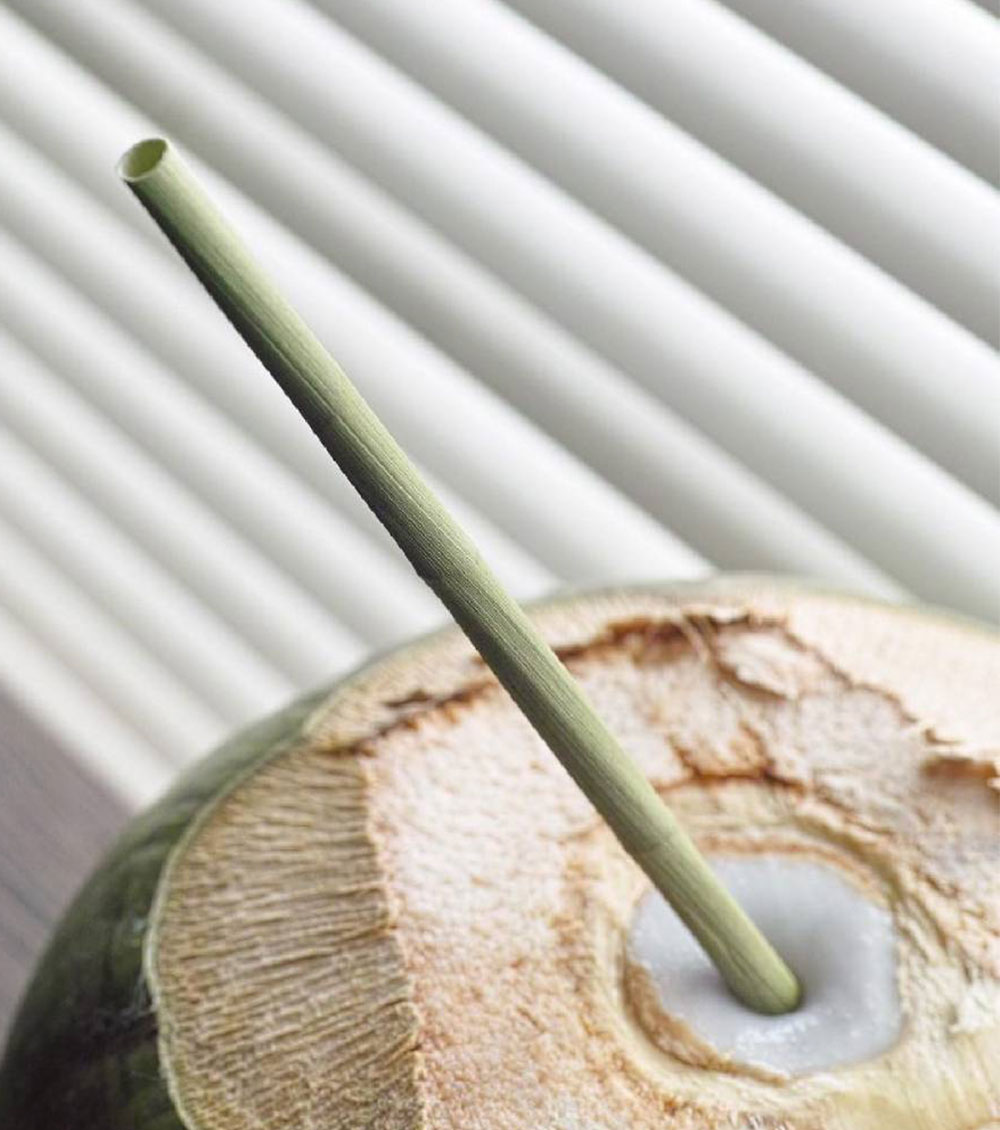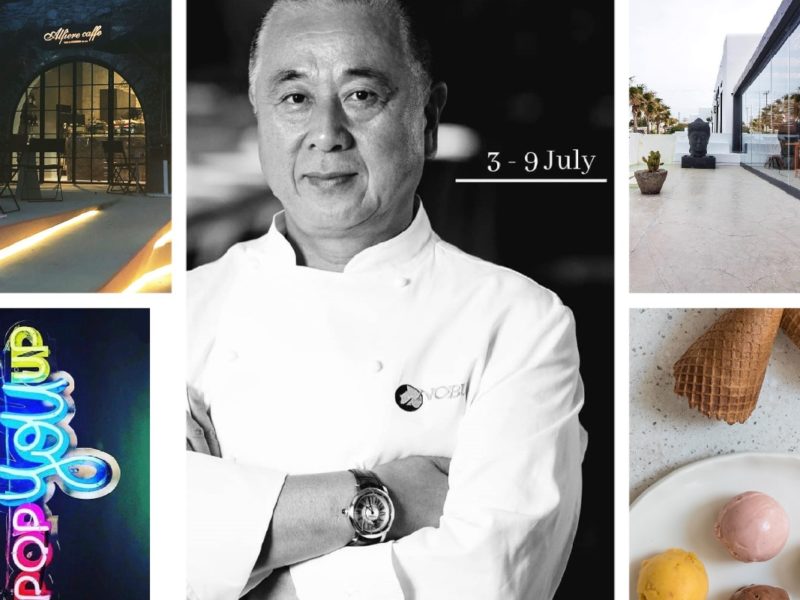Flavors, ideas, styles, innovations and new technology affect the eating habits of today.
The Pacific collection
French influences in Hawaiian style cuisine, Vietnamese dishes -such as Mr. Pug in Mykonos- with Thai elements, think of Buddha Bar Beach, unusual seasonings (based on dried shrimps and cuttlefish), aromatic herbs and spices with various scents, from cress to cinnamon and from lemon to saffron. Nikkei is such an example of fusion cuisine with a Peruvian basis. The Pacific Ocean region continues to be a winner, since elements from the cuisines of all countries located at its coasts are combined in fine dining: fish with crispy crust with pistachio sauce or lamb tacos with pineapple chutney. The combinations are infinite.
Seed to table
In recent years, teams from various venues are being launched more and more actively in order to spread a new functional idea; the fine dining scene could not be an exception. Furthermore, this year (after the farm-to-table, Φarma at Ftelia beach in Mykonos is such a concept, or nose-to-tail concepts etc.) the new trend is the seed-to-feed movement, according to which chefs work directly with farmers and breeders to produce more healthy, delicious and nutritious varieties of vegetables and fruits.
This synergy has led to the launch of “7 Row Seeds” (row7seeds.com), the first seed-producing company that opens up a dialogue between chefs and breeders to create and distribute plant varieties not only healthy but also super-delicious, in order to make an impact in the soil and at the table. The creations of star chef Dan Barber and vegetable breeder Michael Mazourek bring the fine dining experience to a whole new level. It is an evolutionary trend expected to be followed by many chefs around the world. At Semeli hotel, famed chef Chrysanthos Karamolegkos follows such a fine dining experience with locally sourced ingredients at Krama restaurant.
More veggies
Vegetables, until recently used as garnishes on the side of a dish, now turn into protagonists offering even more pleasure to the ever-growing vegetarians, cooked and presented in a new way that even a meat-lover would be tempted: tuna produced from seaweed, butter – another trend that has come back – also made from seaweed, a whole roast cabbage (the it-veggie of the year) or even tortillas, chips and cabbage lasagna are some of the rich list’s suggestions. When chef Alain Ducasse was introducing dishes of beetroot, celery, seasonings, artichokes and fennel in his dégustation menus, he knew exactly what he was doing.
Cooking for a purpose
Award-winning star chefs who setting a good example such as José Andrés – he counts many awards, plus one nomination for the Nobel Peace Prize – or Massimo Bottura – he used the waste food to cook thousands of meals from tons of food that would end up in the garbage. More and more new chefs show their sensitivity and care to fight for a good cause: everyone has the right to have decent food at the table.
In the same context former head chef of Noma restaurant, Dani Giusti, founded “Brigaid” (chefsbrigaid.com) in 2016 and invited professional chefs to work for public schools in America in order to replace ready-made processed food with healthy, nutritious and tasty meals, freshly cooked every day to transform the way students eat. Its example spread and in 2018 the movement was established for good. Currently, more and more chefs around the world use their knowledge and skills to help open up a dialogue with consumers about the way we eat.
Save Earth
Since last year, some progress has been made when several companies have decided to “work” for the environment by replacing plastics with organic, reusable and edible straws and cutlery made entirely of environmentally friendly materials. Edible fruit-flavored straws are made from biodegradable corn starch and cutlery is now made of recyclable cardboard and soybean ink that can be easily removed before recycling. Alternatively, beeswax and silicone are also often used in their manufacture.
Amongst various food trends, some of the most popular are:
– New sources of protein. The key concepts are plant-based protein (this is the year of the peas) and heme-containing protein (hema, derived from Greek haima / αἷμα, meaning blood). They can both replace meat in many imaginative ways.
– Snacks made by marine ingredients.
– Rolled ice cream (inspired by the street food scene in Thailand).
– Healthy fats (including salmon and eggs) when consumed in moderation.
– Za’atar, the popular blend of spices from the Middle East (consists of oregano, thyme, sumac, sesame seeds and salt).






